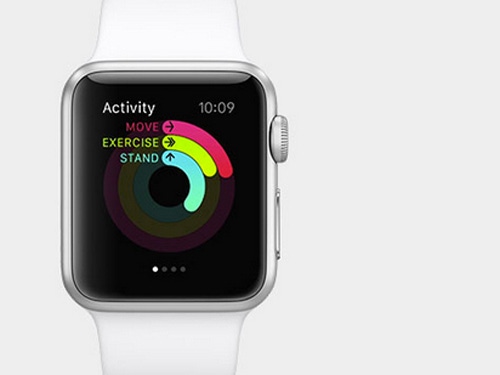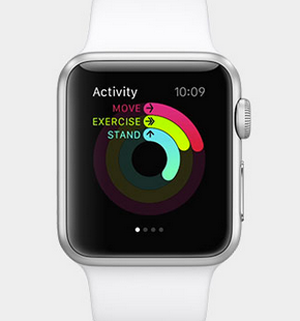Tech experts have done a teardown of the Apple Watch to reveal an unactivated pulse oximeter. What could this mean?
April 27, 2015

Tech experts have done a teardown of the Apple Watch to reveal an unactivated pulse oximeter. What could this mean?
Arundhati Parmar

Last year, Apple met with FDA and hired several medtech talent including biomedical engineers from Vital Connect, Masimo Corp, Sano Intelligence and O2 MedTech.
Those were reported well before the launch of the Apple Watch late last year. Given that context some were disappointed that the Apple Watch, it's heart rate monitor functions aside, would provide simple fitness tracking capabilities as opposed to more robust medical-grade capabilities.
But now comes the revelation that the Apple Watch contains an unactivated pulse oximeter. Here's what the experts at iFixit found:
Apple’s heart rate monitor is actually a plethysmograph that looks and acts like a pulse oximeter, but Apple isn’t claiming it can measure your blood oxygen level. Why? Beats us. But it’s probably FDA regulation related.
Apple is not commenting of course. As a result there are more questions than answers.
Was the regulatory hurdle too difficult to navigate? Would adding sophisticated sensors to the Apple Watch be a technical challenge?
And indeed a Wall Street Journal article earlier this year noted that Apple abandoned the effort to include medical sensors into its Apple Watch because of the potential for regulatory headaches as well as questions of whether they would drain battery life too quickly.
All of that sounds reasonable, but then why insert an unactivated sensor on a launched device?
The website 9-to5mac.com raises the possibility that Apple is perhaps awaiting FDA approval for its pulse oximetry capabilities.
"If that turns out to be true, then it’s possible that a software update could later enable the feature for existing first-gen Apple Watch owners," the website posits.
The same website also speculates that the unactivated sensor may not be robust enough yet, which means that future generations of the Apple Watch could have that capability.
This latest revelation comes on the back of the news that besides meeting with FDA, Apple executives have also been talking to insurance companies.
A tableau is beginning to take shape, even though the full picture has yet to materialize. And it is suggesting that Apple wants to play a bigger role in healthcare.
Arundhati Parmar is senior editor at MD+DI. Reach her at [email protected] and on Twitter @aparmarbb
[Image Courtesy of Apple]
Stay abreast of industry trends at BioMEDevice Boston, May 6-7 at the Boston Convention & Exhibition Center |
You May Also Like


